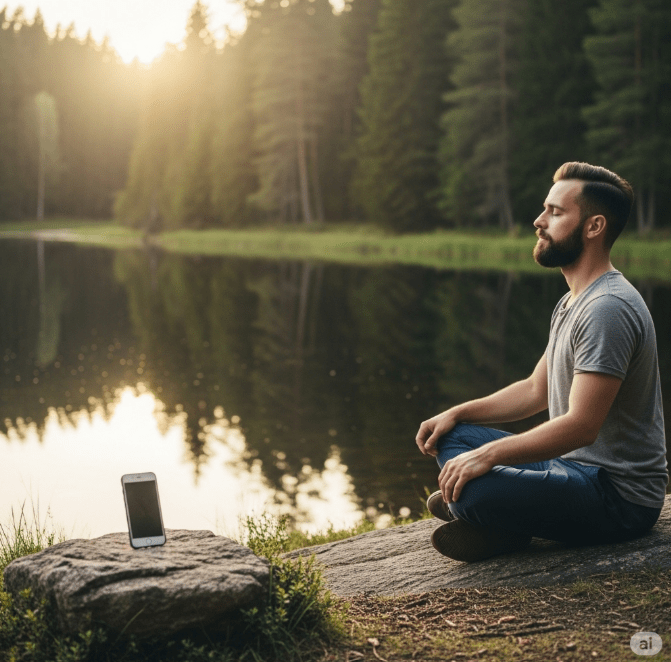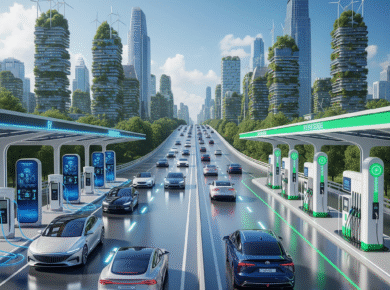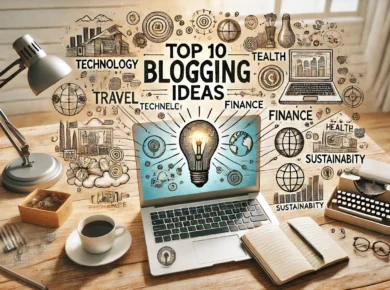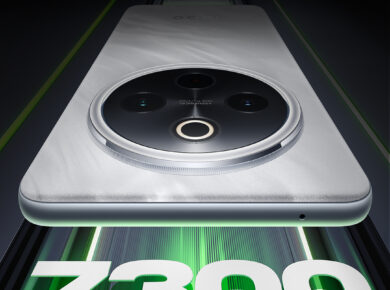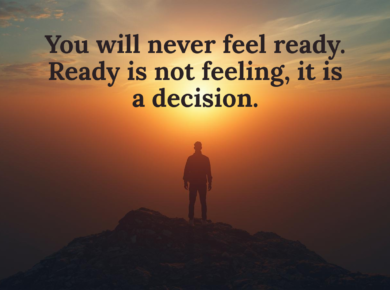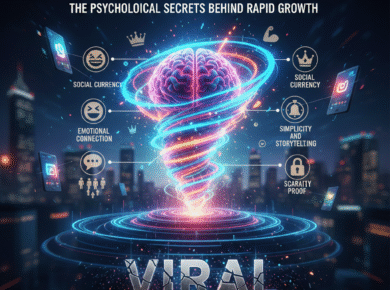Digital Minimalism: Staying Human in a Tech-Overloaded World
Introduction
In a world constantly buzzing with notifications, pings, and updates, we’ve never been more connected—and more distracted. Technology was supposed to free us. Instead, it has slowly crept into every corner of our lives, robbing us of our attention, peace, and sometimes even our identity.
Enter digital minimalism, a philosophy that helps reclaim your time, focus, and humanity in a tech-dominated age. It’s not about rejecting technology; it’s about using it intentionally.
What Is Digital Minimalism?
Digital minimalism is a concept popularized by author Cal Newport in his book of the same name. At its core, it promotes the purposeful use of technology—focusing only on tools that add significant value to your life.
Instead of allowing endless apps, notifications, and screen time to dictate our days, digital minimalists design their digital environments consciously. They ask: Is this tool serving me, or am I serving it?
The Problem: Too Much Tech, Too Little Meaning
1. Attention Fragmentation
With multiple devices and apps competing for our attention, our ability to focus has plummeted. We switch tasks frequently, never fully engaging with any one thing.
2. Emotional Drain
Constant comparisons on social media, negative news cycles, and digital overload can lead to anxiety, low self-esteem, and burnout.
3. Loss of Presence
Real-world moments—dinners, conversations, walks—are increasingly interrupted by phones. We’re often physically present but mentally absent.
4. Productivity Illusion
Apps designed to be “productive” often become distractions. A to-do list app can’t help if you’re checking Instagram every 5 minutes.
A Quick Story: Reclaiming Real Life
Sanya, a marketing executive in her early 30s, found herself scrolling aimlessly for hours each evening. Despite achieving success in her career, she felt mentally exhausted and emotionally drained. One day, her 6-year-old daughter tugged her arm and said, “Mama, you’re always looking at your phone.” That moment hit her hard. She began exploring digital minimalism and slowly replaced screen time with family walks, journaling, and undisturbed meals.
Today, she says, “I didn’t realize how much life I was missing until I looked up from my phone.”
Benefits of Digital Minimalism
- Deeper Focus: By eliminating distractions, you regain the ability to concentrate.
- More Meaningful Relationships: Less screen time means more real conversations.
- Increased Creativity: Idle time leads to imagination. Without a screen, your brain is free to wander.
- Mental Clarity: You begin to feel calmer and more in control.
How to Start Practicing Digital Minimalism
1. Digital Declutter
Take 30 days off optional tech. Use only essential tools for work and life. At the end, reintroduce tools only if they support your values.
Ask yourself: Does this app enrich my life? Does it help me grow, connect, or create?
2. Limit Social Media Use
Remove apps from your phone. Use them on your desktop only. Schedule 30-minute social media blocks twice a week.
3. Turn Off Notifications
Disable non-essential notifications. If your phone isn’t constantly buzzing, you’ll check it less.
4. Schedule Tech-Free Time
Create daily phone-free hours: mornings, meals, or before bed. Spend this time reading, walking, or connecting with people.
5. Single-Tasking Over Multitasking
Focus on one task at a time. Put your phone away. Close all unrelated tabs.
6. Own Your Devices, Don’t Let Them Own You
Set app timers. Use minimalist launchers. Uninstall anything you haven’t used in 30 days.
7. Embrace Boredom
Let yourself be bored instead of reaching for your phone. Boredom often leads to your best ideas.
Real-Life Examples of Digital Minimalists
Cal Newport
Author of Digital Minimalism, Newport doesn’t use social media and limits email. Yet he remains incredibly productive and respected in his field.
Jack Dorsey
Twitter’s co-founder practices silent retreats, digital detoxes, and focuses on mindfulness, even while running tech companies.
Zat Rana
A popular writer who quit all social media, focusing instead on long-form writing and newsletters.
These examples show that digital minimalism is not anti-tech—it’s pro-purpose.
How Digital Minimalism Makes You More Human
1. Reconnect with Your Values
When you’re not chasing likes or scrolling endlessly, you remember what truly matters—family, health, purpose, creativity.
2. Enhanced Emotional Intelligence
In-person interactions return. Eye contact. Empathy. Listening. The skills that make us human.
3. Rediscovery of Silence
Silence isn’t empty. It’s full of insights. With fewer inputs, your thoughts become clearer.
4. More Intentional Living
You live on your terms—not based on an algorithm’s suggestion or a screen’s glow.
Tools That Help Support Digital Minimalism
- Freedom App – Blocks distractions across devices.
- Forest – Helps you stay off your phone by growing a virtual tree.
- Minimalist Phone Launchers – Like Light Launcher or Before Launcher.
- Kindle or Paper Books – Replace screen reading with focused content.
- Journals – Go analog. Writing by hand helps process thoughts better.
A Word on Balance
You don’t need to throw away your smartphone or delete every app. Digital minimalism is about alignment—using tech in service of your goals, not at the cost of them.
You can still be on LinkedIn, use YouTube for learning, or WhatsApp to connect. The difference lies in how you use them.
Final Thoughts
In a tech-overloaded world, digital minimalism is your secret weapon. It’s not about rejecting the modern world; it’s about showing up in it fully alive.
By simplifying your digital life, you create space for what truly matters: presence, focus, love, and creativity.
Stay human. Choose less screen. Choose more life.
